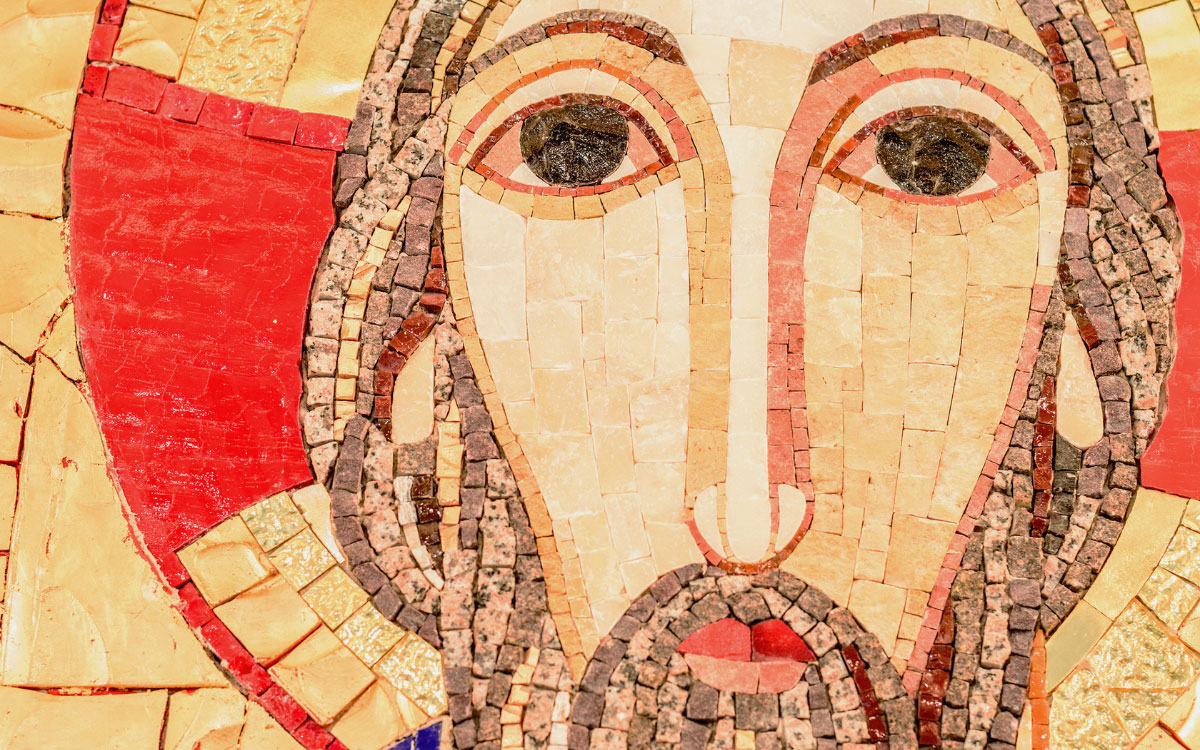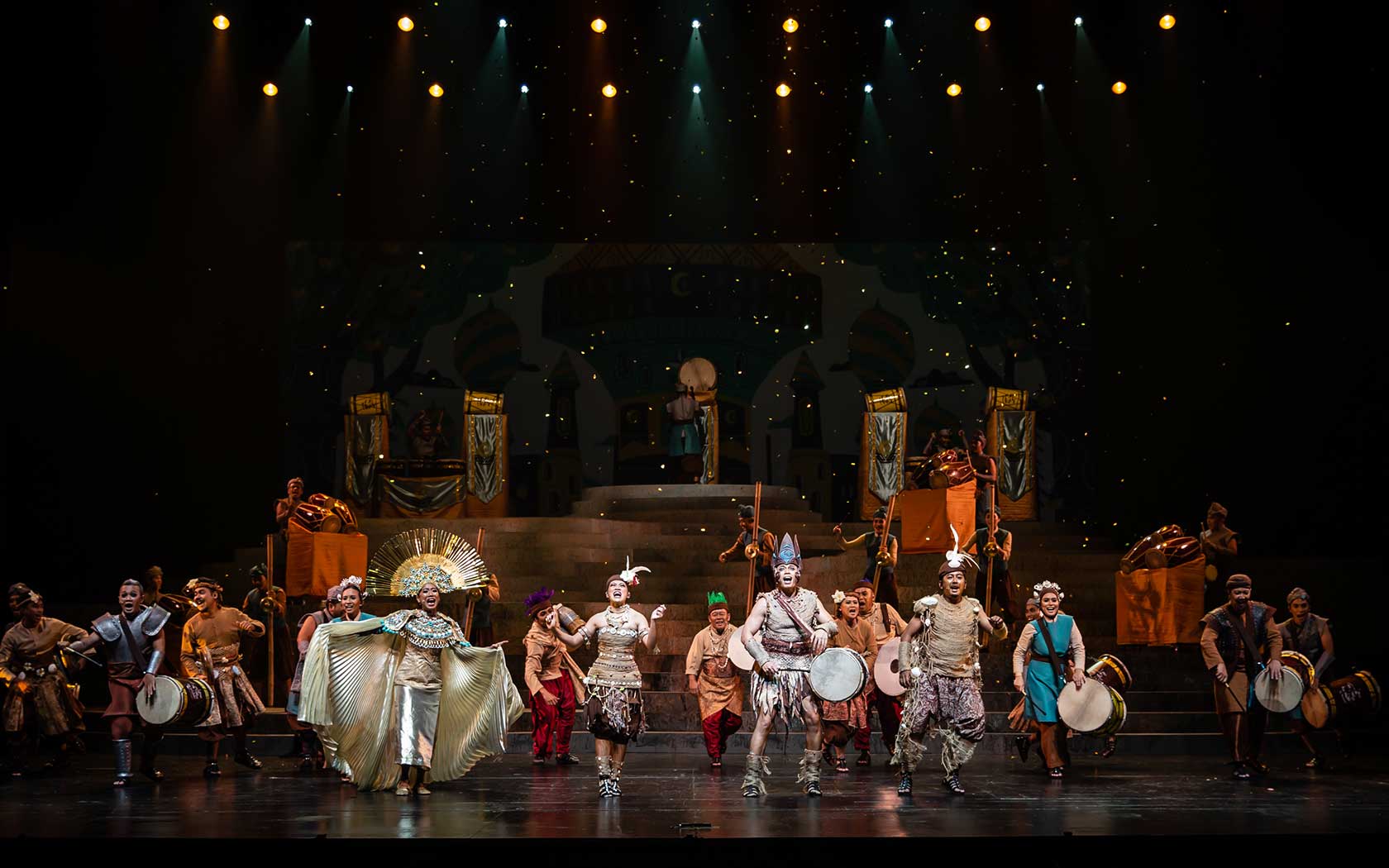We use cookies to improve your experience on our site. To find out more, read our data protection and cookie policy. By using our site, you agree to our use of cookies. Close to continue browsing.
Esplanade Presents
“A Light to Enlighten the Nations” through Byzantine Chant
28 Apr 2023, Fri, 8pm
29 Apr 2023, Sat, 10pm
1hr (28 Apr)
45mins (29 Apr)
(Intermission: None)
Esplanade Concert Hall (28 Apr), Esplanade Concourse (29 Apr)
This event is over.


This event is over.
Byzantine music in the Greek Orthodox Church is regarded as “the history of prayer through song.” Music occupied a central place in the Byzantine Empire (eastern Rome after the fall of Constantinople), especially in the churches. While not much survives of secular music, sacred liturgical music is exceptionally well-preserved in the form of manuscripts, and through traditions passed down orally, which extend back to the rites in 4th century Constantinople. These traditions continue in the Greek Orthodox churches today.
Rich in history, Byzantine chants retain their traditional elements but have evolved, as new chants, inspired by the divine, have been written and added to the canon. At this year’s edition of A Tapestry of Sacred Music, theologian, priest, choir director and soloist, and proponent of Byzantine music Nikodimos Kabarnos and his ensemble Isokrates present biblical stories from the Old and New Testaments in the 2000-year-old tradition of Byzantine music.
28 Apr, Fri, 8pm, Concert Hall
Listen to the narration of Old Testament stories, the Creation and the Parting of the Red Sea, and meditate on the birth, baptism, crucifixion and resurrection of Jesus Christ through orthodox Byzantine chants in the Concert Hall.
29 Apr, Sat, 10pm, Concourse
Experience the melismatic Byzantine chants through the narrations of the Creation and the Parting of the Red Sea that will also be performed by Nikodimos Kabarnos and Isokrates at the Concourse.
About the Greek Orthodox church and Byzantine chants
When the Roman Empire split into the western and eastern halves, the eastern half was the strongest power in Europe until the fall of its capital Constantinople to the Ottoman Turks in 1453. That eastern half was the Byzantine Empire. As the Christians of Western Europe came to be known as ‘Roman’ Catholic, the Christians in Eastern Europe—from churches that Jesus’ apostles founded in the Balkans and the Middle East during the first century A.D.—came to be known collectively as Eastern ‘Greek’ Orthodox.
While both the Gregorian (Roman catholic) and Byzantine chant are exclusively vocal (without accompanying instruments), and monophonic (having a single melody line), there are distinct differences between the two. Because of its location, the Byzantine Empire was influenced by Coptic, Armenian, Persian and later on, Islamic cultures. These influences inadvertently found their way into Byzantine art and music, even the music of the church.
Contents of the chants differ as well: while the text for the Gregorian chant focuses mainly on praise, glorification and petition for mercy, some of the Byzantine chant forms (like the Kontakion, a narrative-sermon that explains the meaning of biblical texts) draw on the imagery and stories of historical narratives. Many of these contain conversations between characters, with a focus on the drama.
This is a dialogue between Mary (known as Theotokos in Greek) and the Magi, after the birth of Jesus from a 6th century Kontakion, written by St Romanos the Melodist:
She hears the Magi seeking the new-born Babe.
And at once she cries aloud, “Why did you set out?”
They answer: “Why have you brought forth
A young child such as this?
Who is your father, who is your mother
That you became mother and nurse of a fatherless son?
Seeing his star we know that he is revealed as
A little child, He who from eternity is God.”
6 and above (28 Apr)
All ages (29 Apr)Father Nikodimos Kabarnos
Facebook Page | Facebook Account | YouTube | TikTok
Father Nikodimos Kabarnos (Panagiotis Kabarnos before ordination) is a priest of the Orthodox Christian Church, belonging to the Holy Archdiocese of Athens – Greece. He is a theologian, Doctor of Communication-Theology, film and television director, sound engineer, pianist, choir director and soloist. Known for his unique voice, Nikodimos Kabarnos is credited for preserving and promoting the tradition and heritage of the Byzantine Empire, having performed in over 500 concerts all over the world and shared Byzantine music actively on the Internet. He has contributed to bringing Byzantine music to the mainstream in Europe.
28 Apr 2023, Fri
8pm
29 Apr 2023, Sat
10pm


Become a member

Great arts experiences begin with Esplanade&Me. Join this membership to enjoy ticket specials on shows at Esplanade, early bird specials, promotions at Esplanade Mall, unlimited access to Offstage and more.

Never miss a show again. Get on our mailing list.
- “A Light to Enlighten the Nations” through Byzantine Chant










